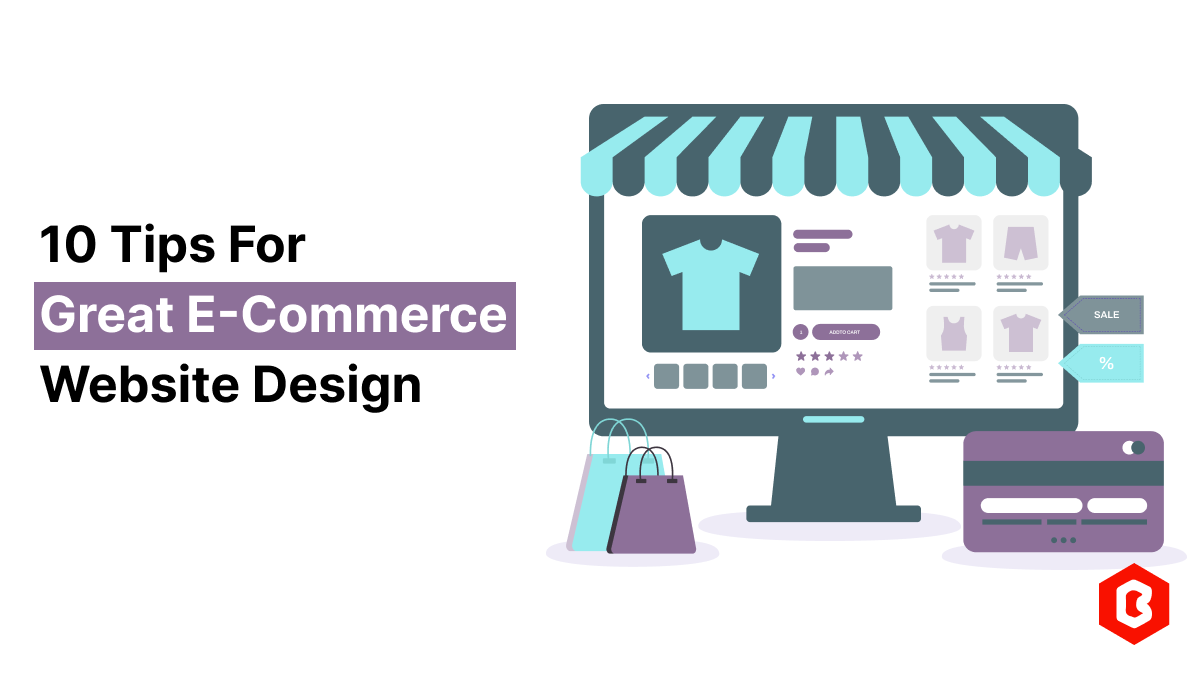Black Friday Special! Buy any 1 product and get 1 absolutely free — this offer applies to all Website Templates, UI Kits, and Complete Scripts.
Buy Now!
E-commerce has been a synonym for convenience. Many customers have appreciated the concept of getting their products to their doorsteps just by placing an order online. But have you ever thought about how to stand out among so many e-commerce platforms? Well, there are so many factors, but your e-commerce website’s design is one of them (and important, too). So, here we’ll discuss 15 tips for an amazing online store design.
Clear and concise menu: Consider keeping your online store website’s menu simple and easy to navigate. This will simplify the shopping experience for your consumers.
Logical site structure: Try to organize your products into categories and subcategories. This will help customers find their preferred product quickly and easily.
Search functionality: Add a search bar to your website to let customers find products by entering search keywords.
Consistent branding: Don’t forget to maintain a consistent look and feel of your online store.
High-Quality Image: Represent your product by uploading high-quality images from multiple angles. You can also get readymade product images with some third-party services.
Minimalist design: Avoid fraught and loud e-commerce website design and go with a minimalist design like the MallBit E-Commerce HTML Website Template.
Optimize images: Compress images to reduce their file sizes and improve your website’s loading speed. Consider not to compromise much on the image quality.
Minimize HTTP requests: You can combine CSS and JS files (if any) to minimize HTTP requests. This improves your website’s performance by reducing file sizes.
Browser caching: Store your e-commerce website’s cache locally by enabling browser caching. This also reduces HTTP requests and improves performance.
Responsive layout: Ensure that your online store website works on mobiles, desktops, laptops, and tablets (any devices with an active internet connection) without any issues. If you have purchased a pre-designed e-commerce web UI kit, then consider creating a responsive website during Figma to HTML conversion.
Touch-friendly interface: Serve the smartphone-dominated era by designing and adding easy-to-tap elements.
Get a responsive website template: If you’re planning to build your website using readymade templates, then you must go for a responsive e-commerce HTML website template to build an online store website for all major devices.
Prominent buttons: Use visually appealing and easily visible call-to-action (CTA) buttons, or get an e-commerce Figma web UI kit with the same.
Easy-to-understand texts: The CTA button must contain a copy that can convince customers to take an expected action.
Detailed descriptions: Provide detailed descriptions of products including specifications and features. You can also find readymade Figma web UI kits or website templates that offer pre-designed e-commerce website solutions along with product description pages.
Customer reviews: Add a separate section to display customer reviews for potential customers’ reference.
Shopping Cart: Allow customers to add products to an internal and virtual shopping cart to proceed further with the checkout.
Formality: Formal processes like adding an address mustn’t feel like a headache to customers. This may discourage them and make them cancel the purchase.
Payment options: Always be flexible with payment options. Add multiple payment options to attract and retain customers. Make all of them clearly visible to offer a smooth checkout process.
Trust badges: Display trust badges or authenticity certificates of certain products to build trust with customers (just like Flipkart adds a Flipkart assured badge).
Customer ratings and reviews: Display product ratings somewhere at the top part of the screen. Allow customers to easily navigate reviews to simplify decision-making.
Social media integration: Add your social media handles under respective icons. This can be helpful in social validation and social media marketing.
Influencer partnerships: Try to display influencer partnerships on the home screen of your e-commerce website to grab a larger audience.
A/B testing: Try to create two or more versions of your online store to find out which one performs the best or what can be improved.
Responsiveness testing: Check whether your website is working fine on devices of all screen sizes.
Browser testing: Test whether your e-commerce website performs on major browsers like Chrome, Firefox, Safari, Samsung Internet, Opera, etc without any issues.
A well-designed e-commerce website is necessary to drive sales and build a loyal customer base. By following these ten tips, you can create a visually appealing, user-friendly, and high-performing online store. Remember, a great e-commerce website is not just about aesthetics but also about functionality and user experience. You can also create an online store using e-commerce web UI kits or e-commerce HTML website templates to speed up your time to market.
When it comes to managing an online store, time is a precious commodity for every business owner. Th...
E-commerce platforms have become similar to convenience in the shopping dictionary. Around 33% of th...
Choosing the right e-commerce template can be an important step for the success of your online store...
Launching an online store comes with countless decisions, from the platform you choose to the look a...
Now, e-commerce is not just a game of “uploading the products and praying for conversions.&rdq...
Buying a website template looks simple at first. You visit a marketplace, see a nice design, and cli...

Not sure which template or UI kit fits your project? Reach out for expert advice.